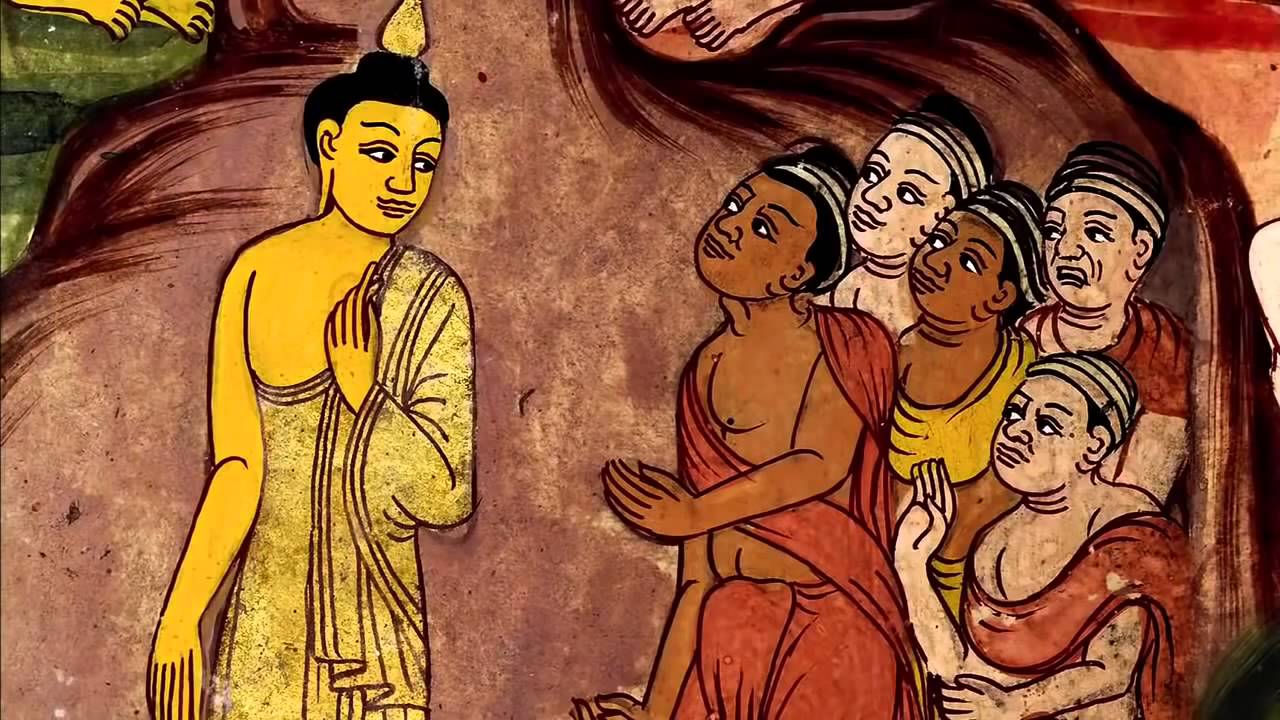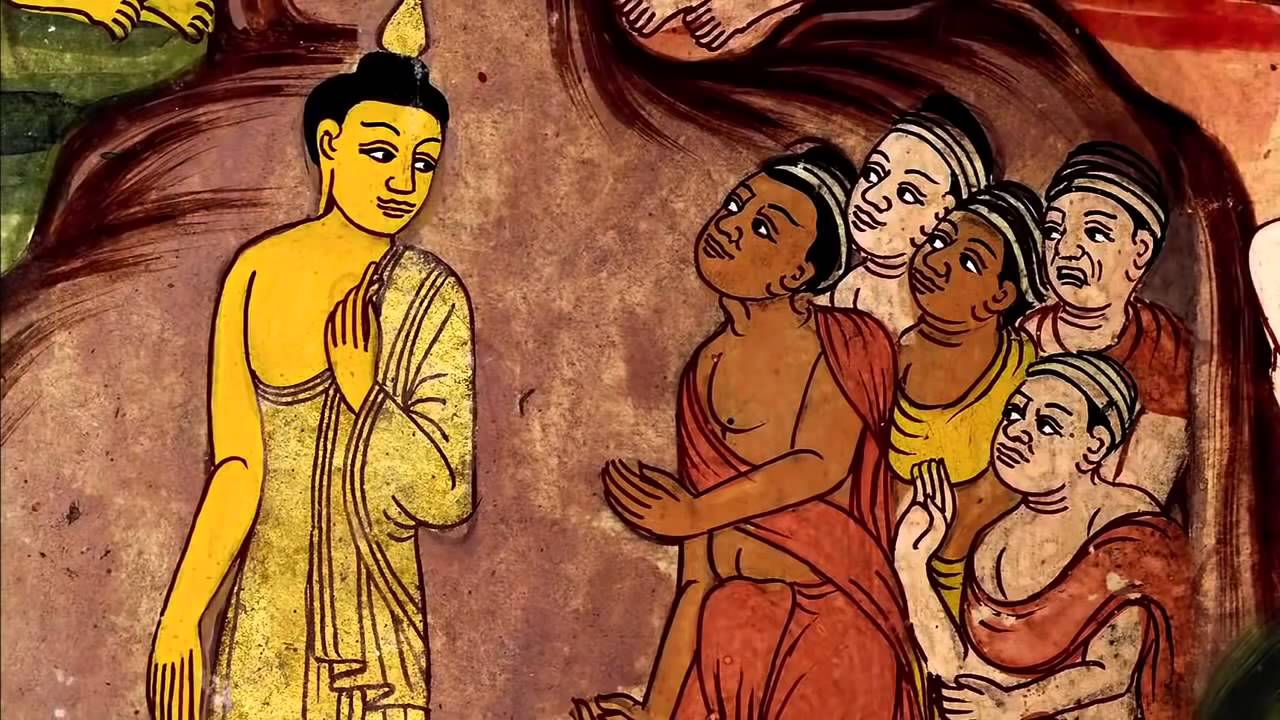Attachment can manifest in trauma, self-destructive habits, or negative lifestyle practices. Buddhist non-attachment encourages peace of mind and self-preservation. Factoring the idea of non-attachment in alcohol or drugs with the awareness that meditation can bring peace is a powerful step in attaining positive change.
Buddhist doctrines deal in detail with craving and attachment, how they arise, the forms they take, their results, and also how they can be managed.
The relationship between Buddhism and addictions will be explored using the Four Noble Truths, partly because this is one of the best known and oldest formulations of Buddhist doctrine.
The first kind of suffering is bodily and mental pain and would include the discomfort caused by withdrawal from certain drugs. It also includes being attached to the unloved or separated from the loved, as well as not getting what one wants or getting what one doesn’t want; all common features of addiction.
The second sort of suffering may be thought of as potential suffering, the fear that something may happen to current happiness or cause some future displeasure, perhaps worry over where the next ‘fix’ will come from. The third may be considered to be existential dissatisfaction and would include disillusionment with one’s addiction or with a chaotic, stressful lifestyle.
Part of the significance of the third noble truth is that it is suggesting that there is an alternative to suffering, that it is possible to be free of both this and craving. The conviction that such a state exists and is attainable is based on sraddha-usually translated as faith.
From a Buddhist viewpoint it would seem that a person with an addiction would need to have faith or confidence that it is possible to be happy without indulging in the addictive behaviour, and that such a state is within the reach of that particular individual.
Tip: try to use a journal where you can write:
- the pros and cons of continuing or discontinuing the addictive behavior
- reflection on a drug free period of life.
- reflection on any experience which seemed to be meaningful, in which there was a sense of personal growth.
The Eightfold Path
The Buddhist Eightfold path (The Fourth Noble Truth) can be used as a program of recovery from addiction. It is important not to think of this path as a linear process because the elements of this approach feed into each other.
- Right intention – you commit to ‘sober’ living
- Right mindfulness – during your stay with us you learn to use mindfulness so you are less of a
prisoner to your thoughts and emotions - Right concentration – practices like mindfulness improve your focus so you enjoy clearer
thinking - Right effort – you make sobriety your number one priority in life
- Right view – with the help of therapy you begin to let go of beliefs and opinions that have been
holding you back in life (e.g. low self-esteem) - Right livelihood – if the way you make your living is triggering your addictive behavior, you may
need to make some career changes - Right action – you commit to regularly doing the things you need to do to maintain a strong
sobriety
Way to deal with attachment
Meditation.
Meditation is simply sitting still and trying to pay attention to the present moment — whether that’s your breath, your body, or what’s around you right now. What you’ll find is that your mind runs away from the present moment, attaching to worries about the future, planning, remembering things in the past. In meditation, you practice letting go of these mini attachments, by noticing what your mind is doing and letting go, returning to the present moment. This happens again and again, and so you get good at it. It’s like muscle memory after doing it hundreds, thousands of times. You learn that whatever you were attached to is simply a story, a narrative, a dream. It’s not so heavy, just a bit of cloud that can be blown away by a breeze.
Compassion.

In this meditation, you wish for an end to your suffering, or an end to the suffering of others. What happens is that this wish transforms you from being stuck in your attachment, to finding a warm heart to melt the attachment and find a way to ease it. You become bigger than your story, when you wish for your own suffering to end. And when you wish for others’ suffering to end, you connect yourself to them, see that your suffering is the same as theirs, understand that you’re in this together. What happens is that your attachments and story become less important, not such a big deal, as you connect with others in this way.
Interdependence.
Try meditating not only on the wish for the suffering of others (and yourself) to end, but for others to be happy. All others, whether you like them or not. Again, through doing this, you start to see that you’re all connected in your suffering, and in your desire to be happy. You are not so separate from them. You’re not separate, but interdependence. This connection with others helps you to be less attached and more at ease with life.




